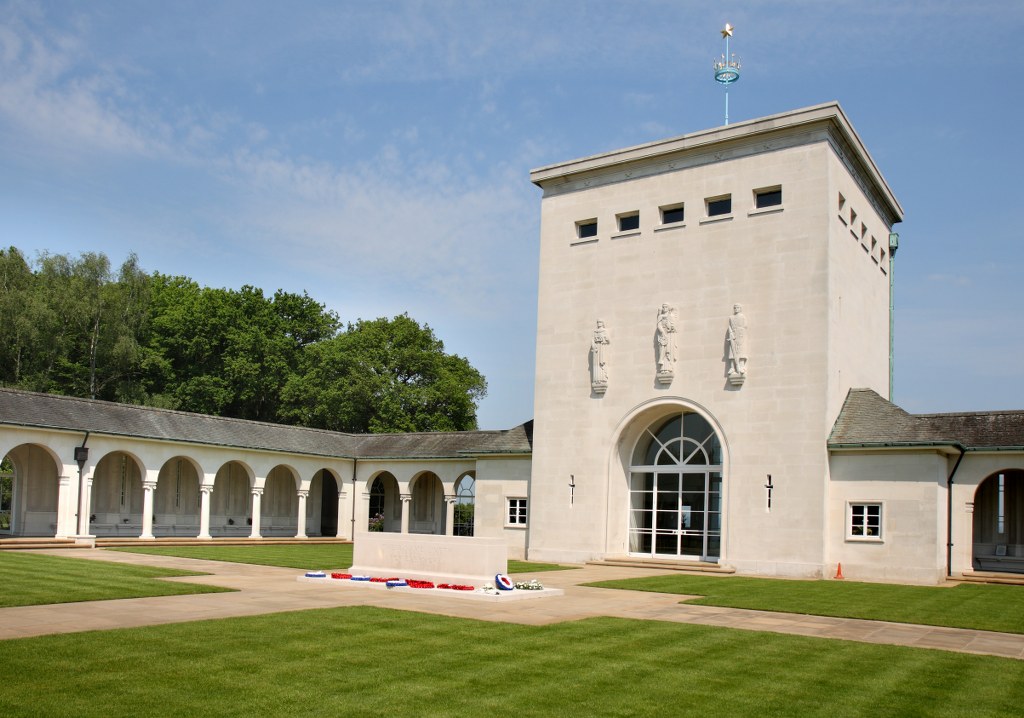Michael John Flaherty
Date of birth: 1913
Date of death: 24.5.1943
Area: Brotherton
Regiment: Royal Air Force Volunteer Reserve
Family information: Son of Michael and Lucy Flaherty
Rank: Sergeant
Service number: 1318786
War Service
Michael enlisted in the RAF and became a Sergeant (service number 1318786). At some stage he was posted to 15 (XV) Squadron although at this stage it is not known when he joined the squadron. During WW2 XV Squadron operated from various locations and utilised a number of different bombers during WW2.
2-12 September 1939: Betheniville (France)
12 September-20 December 1939: Conde-Vraux
10 December 1939-14 April 1940: Wyton (U.K.) - aircraft used = Bristol Blenheim IV
14 April-15 May 1940: Alconbury - aircraft used = Vickers Wellington IC and Short Stirling I
15 May 1940-13 August 1942: Wyton
13 August 1942-14 April 1943: Bourn - aircraft used = Short Stirling III
14 April 1943-20 August 1946: Mildenhall
Mildenhall became a bomber station, flying Vickers Wellingtons, Short Stirlings and Avro Lancasters. It was also the headquarters of 3 Group Bomber Command.
Throughout World War II, RAF Mildenhall remained very active. In addition to its own airfield, the base held responsibility for satellite airfields at Newmarket, Tuddenham, and Lakenheath. During the course of the war, the base witnessed the transition from the two-engine Wellington, to the Short Stirling, and finally to the four-engine Avro Lancaster. For the duration of the war, except for a brief period to have concrete runways laid in 1943, RAF Mildenhall was involved in most of RAF Bomber Command’s many offensives against Germany.
By the end of the war, aircraft from RAF Mildenhall and its satellite airfields dropped over 23,000 tons of explosives, laid 2,000 mines in enemy waters, and flew over 8,000 sorties. Unfortunately, the base also saw the loss of over 200 Wellington, Stirling, and Lancaster aircraft, and more significantly, the loss of over 2,000 aircrew members. Some of those who paid the ultimate price for peace.
The Battle of the Ruhr was a 5-month long (March - July 1943) campaign of strategic bombing during the Second World War against the Nazi Germany Ruhr Area, which had coke plants, steelworks, and 10 synthetic oil plants. The campaign bombed twenty-six major Combined Bomber Offensive targets, Dortmund was a major industrial area and a prime target. The Dortmund – Ems Canal is a 269 km long canal in Germany between the inland port of the city of Dortmund and the sea port of Emden and was also considered a strategic target.
On the 23rd /24th May 826 RAF bombers raided Dortmund, dropping 2,000 tons of high explosive and incendiary bombs in an hour. Hoesch steelworks "ceased production because of the damage but RAF losses amounted to 4.8% - about 40 aircraft and crew.
Michael John Flaherty was one of the 2000+ who perished. On 24th May 1943 whilst on the above described mission from Mildenhall to Dortmund, Germany Stirling Aircraft Mk lll Serial: BF482 in which he was flying, was shot down by enemy fire.
Pilot Officer W Q Johnson RCAF was killed and later buried in the Reichswald Forest War Cemetery. Three of the crew were killed and never recovered. These were Sgt. H.G.C. Waite, Flying Officer H.N. Lyons RCAF and Sgt. Michael John Flaherty who is commemorated on the Runnymede Memorial (Panel 149) along with his companions. Three other crew members survived and were taken prisoner of war - Sergeants Hirst, Elford and Leonard.
Family Life
Michael John Flaherty, born in 1913, was the son of Michael and Lucy who at the time of his death were living in Fairburn.
At the time of his enlistment or death Michel John must have been a resident within the boundaries of the parish of Brotherton but no further details of him or his family have yet been ascertained.
 Runnymede Memorial
Runnymede Memorial

